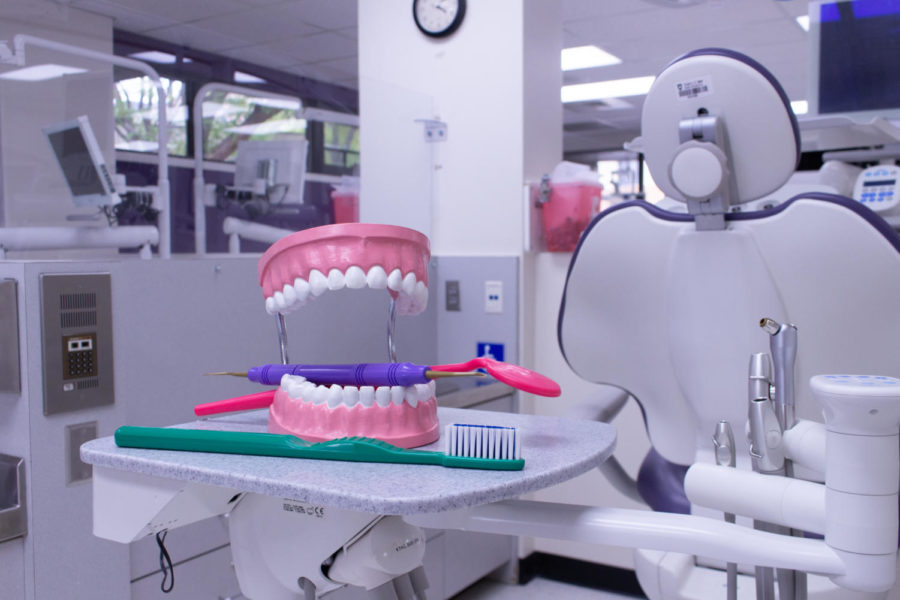
I don’t know about you, but for me seeing the extremes the human body can be pushed to is interesting and terrifying all at the same time. Here are three cases of people who had conditions that caused their bodies to stray far from the norm.
The tallest man: The average height of a man in his 20’s in the U.S., as reported by the Center for Disease Control and Prevention in 2010, was around 5 feet and 7 inches. Add about 3 feet to this and you almost have the height of the verified tallest man in history.
Robert Wadlow towered over everyone at a height of 8 feet and 11 inches by the time he had reached age 22. Wadlow’s baffling height was caused by hyperplasia of his pituitary gland, which basically meant he had an unusually high level of human growth hormone.
Wadlow’s condition caused him to have difficulties with his legs, which required him to have to use braces. Despite the problems and the pain he never used a wheelchair.
Wadlow didn’t officially become the tallest man ever recorded until a year before his death, when he finally passed the height of John Rogan.
Wadlow died in 1940 at the age of 22. Even near the time of his death, he showed no signs that he would stop growing. Due to complications from an infection and an autoimmune disorder, Wadlow died at age 22 in his sleep on July 15, 1940.
The elephant man: Joseph Merrick, born in 1862, was still less than 2 years old when he began to develop tumors. The tumors were disfiguring and became so severe that one of his arms was left immobile.
The tumors caused Joseph to be unable to work and provide for himself. It wasn’t until he contacted the owner of a musical hall, that he was able to find a way to make money. Joseph got in contact with a director at the Leicester Musical Hall. Together they came up with a show called “The Elephant Man.” This allowed Joseph to make money and the curious public got to get a look at his rare condition.
As the condition worsened Joseph Merrick began to fear the public eye. He would often cover himself with a cloak before venturing outside. The tumors left him with physical pain because they were so heavy. In addition to the physical effects of the tumors, Merrick also experienced psychological pain.
An article on sciencemuseum.org.uk it said, “Merrick often quoted a poem by the hymn writer Isaac Watts: ‘This true, my form is something odd, but blaming me is blaming God.'”
Merrick died suddenly in 1890. It is now believed that he suffered from proteus syndrome.
The man who grew his twin: Alamjan Nematilaey’s school doctor had noticed that his abdomen was swollen. Nematilaey was sent to a hospital to be examined by doctors and receive an official diagnosis. The doctors believed that Nematilaey had a cyst. This all seems bad enough for a school-age child to go through, right? Well, it actually gets worse.
When doctors got around to performing the surgery on Nematilaey, they discovered a fetus inside of him. The doctors described that the fetus looked like most fetus’ do at the 6 month mark. The fetus had hair, limbs, teeth, a basic face and other human like characteristics.
There is no clear explanation for how this happens but the condition is called fetus fetu. It is believed that this type of situation arises during early pregnancy when one fetus is engulfed by the other.
Nematilaey had this fetus living inside him for seven years before it was ever discovered. Thankfully he survived and recovered well from surgery and to this day is still not aware that his twin was growing inside him.
Although conditions like these are rare, these extreme cases often help bring light to medical conditions that would otherwise go unknown. They become the basis for theories, studies and experiments to help further the knowledge we have in the medical field.








